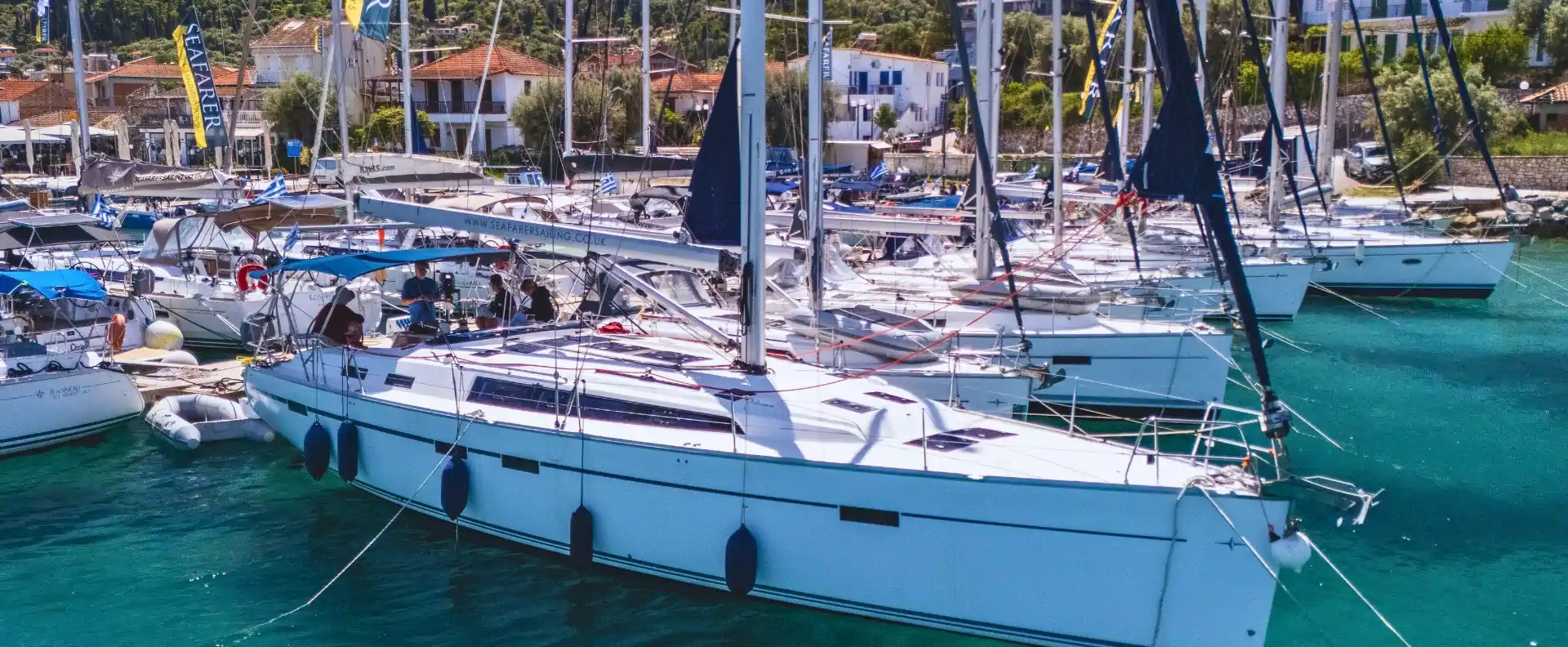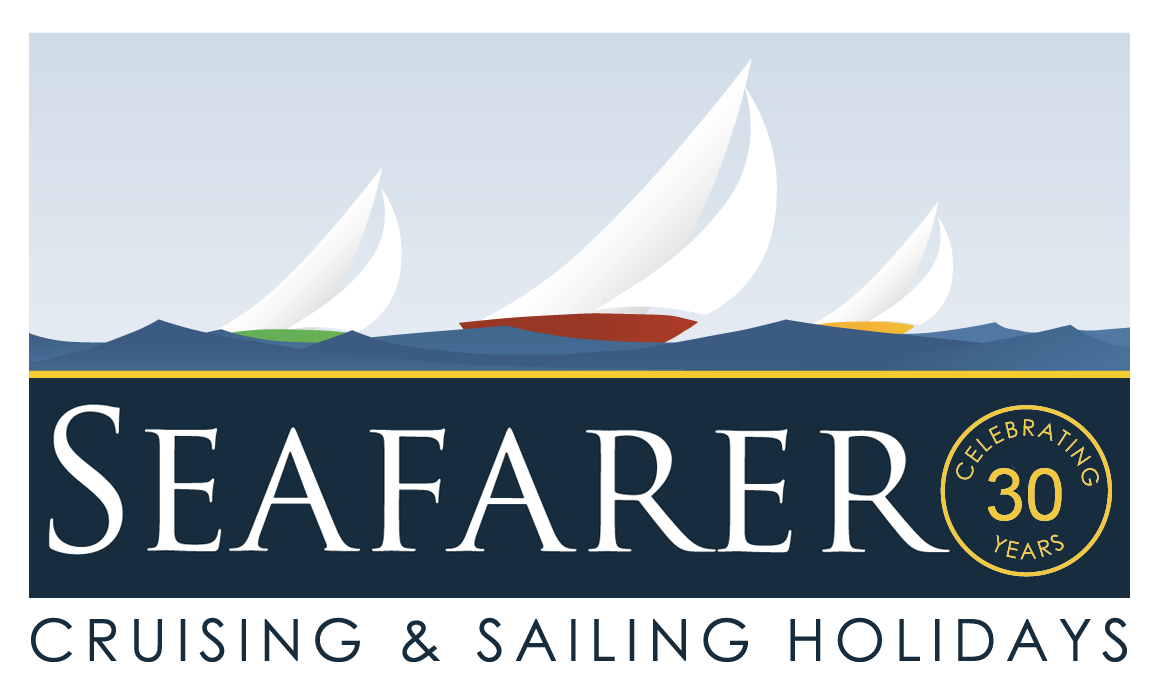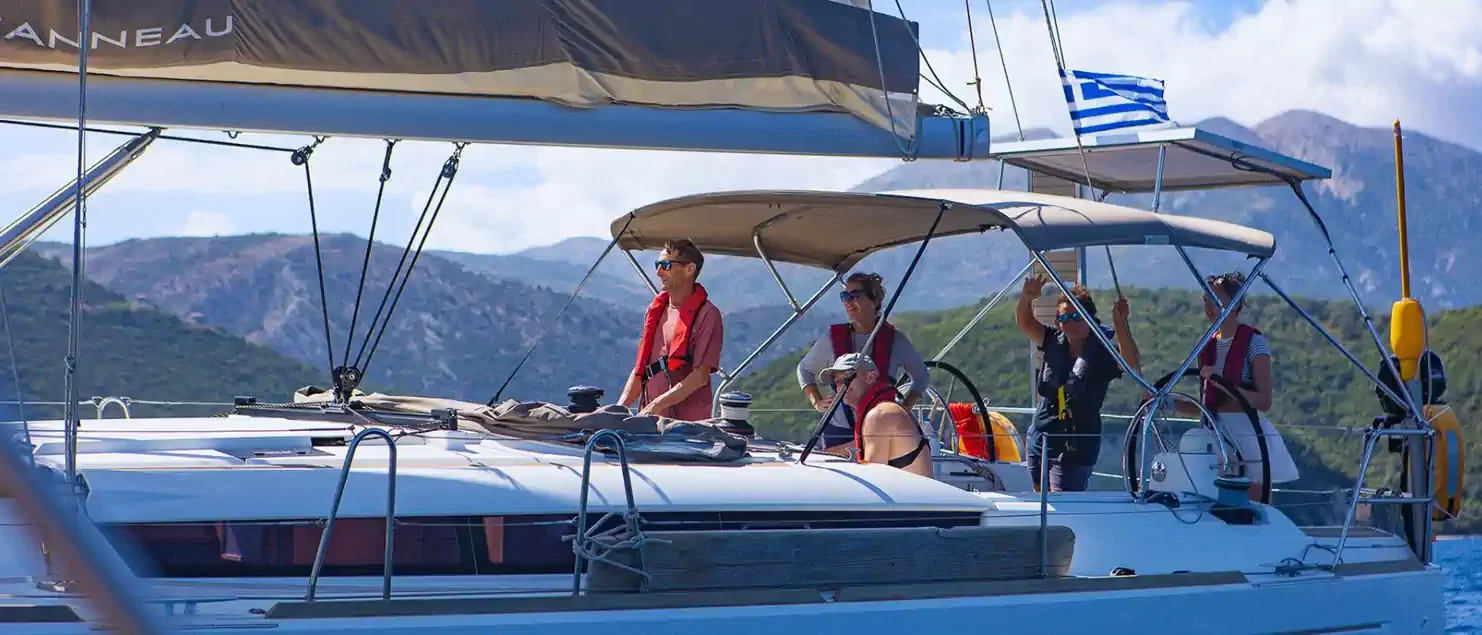Mainsail types: battened vs in-mast furling explained
 Written by Giannis Patsamanis
Written by Giannis Patsamanis
Seafarer Country Manager, Greece
In this article, our Country Manager and former racer, Giannis Patsamanis, guides you through mainsail types. Therefore, you’ll learn how to choose and what to look for on charter. Read below:
Firstly, early in my sailing career, I spent most of my time racing in regattas. I had a good friend (not a sailor back then), who always called the traditional mainsail “the normal mainsail.”
It was just after I’d won my first Hellenic National Championship, and to my ear it sounded a bit off. I couldn’t convince him to say “battened main” or “slab-reefing main,” so the nickname stuck.
Since then, I’ve been lucky enough to race in many Hellenic National Grand Prix events. Along the way I won four national titles and a European Championship.
Racing taught me that sails are far more than just canvas in the wind. As a result, your mainsail choice changes how the boat feels, handles, and performs.
Also, that’s true across mainsail types, whether you’re chasing a trophy or enjoying a week’s cruise. When you book a yacht charter, you might not think twice about the mainsail, until you’re actually using it. For most of our guests, detailed racing jargon isn’t much help, so let’s keep it simple.
At its heart, the purpose of any sail is to generate lift – a bit like an aircraft wing. To do that efficiently, the sail needs to keep a stable, aerodynamic shape. So, that’s where battens come in.
In a battened mainsail, the sail is supported along its length and stored along the boom. In contrast, in-mast furling mainsails roll neatly into the mast, trading some shape stability for ease of handling.
Now, let’s take a closer look!
Two common mainsail types on charter yachts

1. Battened Mainsail (a.k.a. “normal mainsail” )
- Shape & Performance: Among mainsail types, battens keep a good curve for better efficiency and pointing upwind.
- Handling: More effort to hoist and reef, but a smoother, more balanced helm.
- Storage: Stows in a lazy bag along the boom. Zip it up or the sun and salt will eat it alive!
- Best for: Crews who like hands-on sailing and a responsive boat.

2. In-Mast Furling Mainsail
- Shape & Performance: Flatter than other mainsail types, with less trim control. Fine for cruising, less crisp upwind.
- Handling: Rolls in or out quickly, even single-handed. Perfect for families.
- Storage: Disappears inside the mast (no bag, no ties, no zip).
- Caution: Can jam if furled badly; keep the leech snug and choose the right wind angle when stowing.
- Best for: Crews who want easy, safe, minimal sail handling.

The Takeaway
If you love the feel of a boat under sail and want maximum control, go for the battened main. And remember to zip that lazy bag!
(At 1.73 m / 5′8″, I get annoyed when I can’t reach it. The new diagonal zips make life easier though.)
If you want easier sail handling (some call it the lazy way), in-mast furling is unbeatable. Just respect its quirks.
Whichever style of mainsail types you find on your charter, remember that it’s not about using the perfect mainsail. It’s about knowing how to make the most of what’s there.
Plus, if you still prefer to call it “the normal mainsail”? Well, you’ll be in good company… that nickname has been sailing with me for years.
To sum up, this guide covered mainsail types, performance, and ease on charter. For your next trip, click here for a no-commitment personalised quote.

